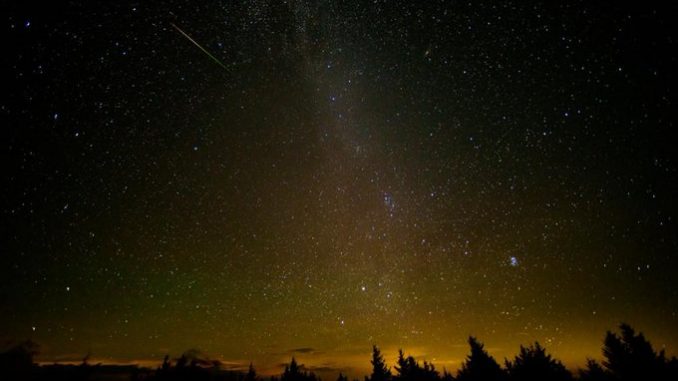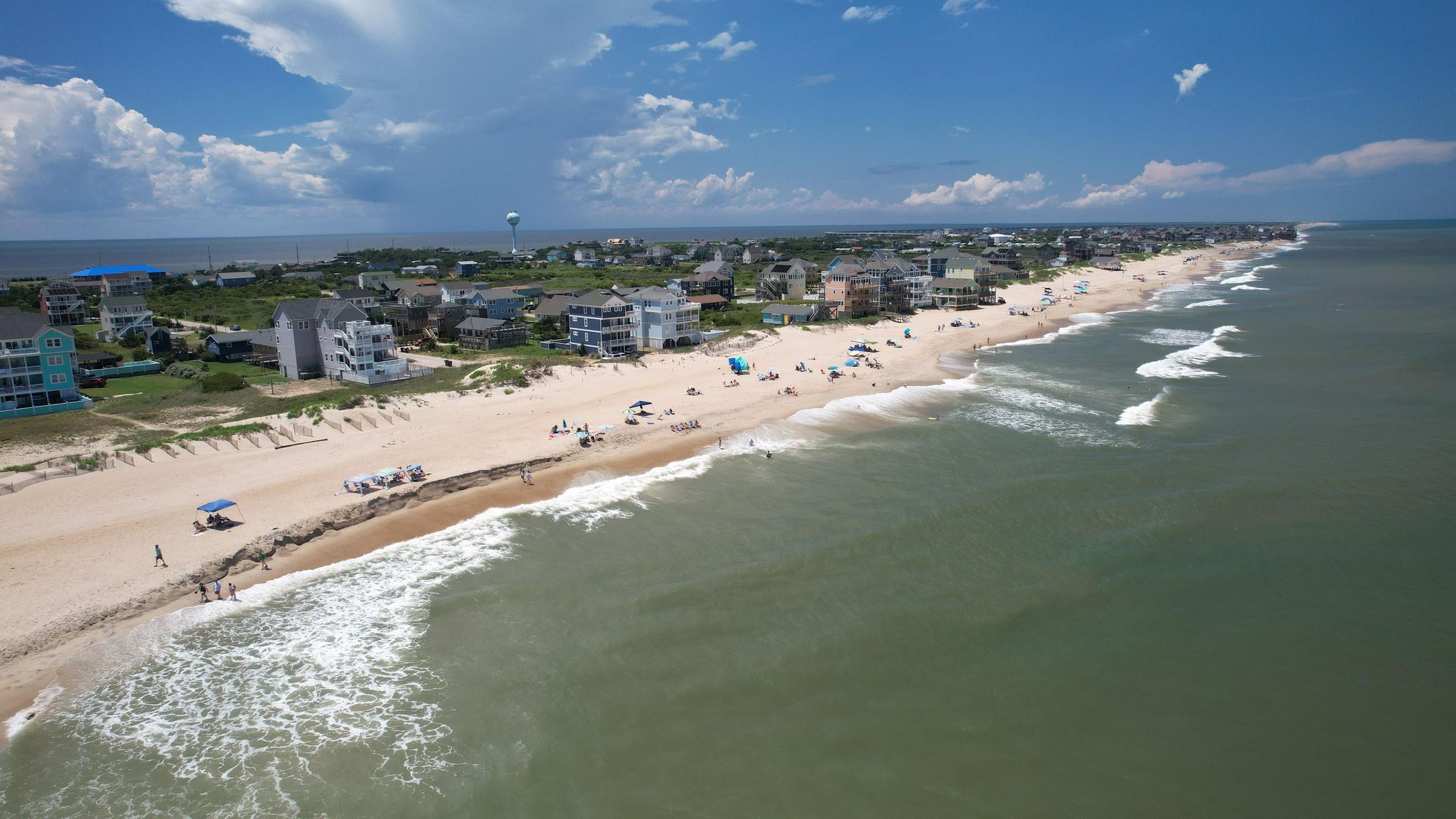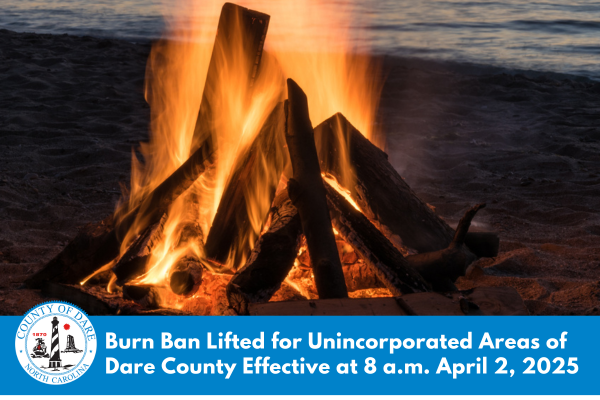Perseid meteor shower peaks overnight

NASA predicts rates of 50 to 100 shooting stars per hour — but the bright moon, which rises around midnight will likely reduce visible meteors to 15 to 20 per hour.
According to NASA, the celestial show is associated with the 109P/Swift-Tuttle comet that orbits the sun once every 133 years. Each August, the Earth “passes through a cloud of the comet’s debris. These bits of ice and dust — most over 1,000 years old — burn up in the Earth’s atmosphere to create one of the best meteor showers of the year.”
The best time to see the Perseids will be after midnight, though some meteors may be visible as early as 10 p.m.
The shower will likely be most visible between 2 a.m. and dawn (local time) the morning of August 12. Find a dark spot, avoid bright lights (yes, that includes your phone) and get acclimated to the night sky.
Your eyes should be at peak viewing capacity after about 30 minutes; though the moon may block out some of the dimmer meteors, NASA says.
If you’re not an early bird, you can try and take a look soon after sunset (around 9 PM) on the 11th, though you may not see as many Perseids then.














